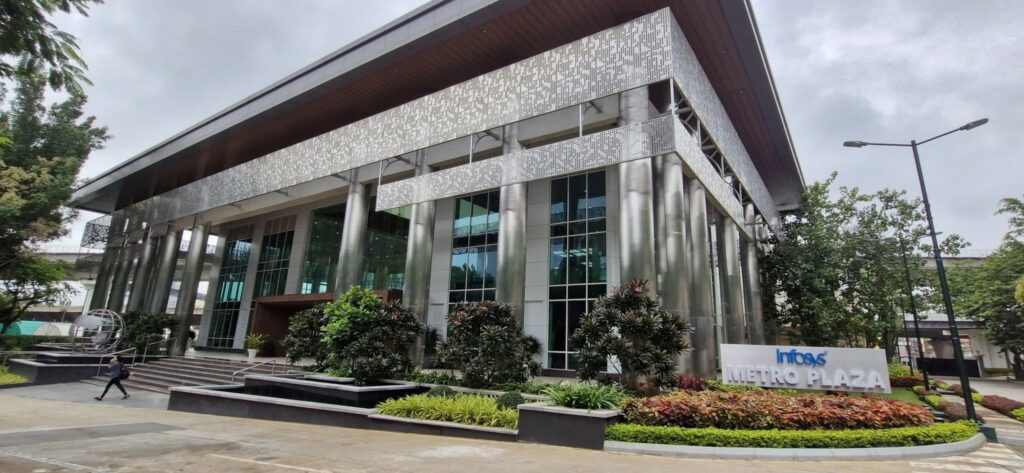
Infosys funded Metro station on Yellow line. Photo Credit: shilgiri_rao/ X
Namma Metro rides past 1 million mark, sparks fresh push for rapid expansion
Bengaluru
Bengaluru’s Namma Metro achieved a historic milestone on Tuesday, August 12, registering a record ridership of 10.48 lakh — the highest ever and the first time the network has crossed the one-million daily mark.
The feat comes soon after the inauguration of the Yellow Line, which alone accounted for about 52,215 passengers on the day. As of August 2025, the Metro network spans 96.1 km and 83 stations, making it the second-longest in the country after Delhi Metro.
Namma Metro’s popularity has been steadily climbing. Average daily ridership in July 2024 stood at 7.62 lakh. In June 2024, the network hit 8.08 lakh passengers in a single day, before smashing that record this week. Annual ridership has grown from 4.17 million in 2011–12 to 232.8 million in 2023.
Like most public transport systems, the Metro saw a sharp drop in usage during the COVID-19 pandemic, with daily numbers falling to around 95,000 in 2020–21. Recovery began in 2021–22 with an average of 2.3 lakh passengers daily, followed by strong year-on-year growth.
The Metro began operations in October 2011 with just 6.7 km of track. Now, it is gearing up for a significant expansion:
- Pink Line (Kalena Agrahara–Nagawara): 21.25 km, 18 stations, partly underground; opening in phases between March and December 2026.
- Blue Line (to Kempegowda International Airport): Hebbal to airport by mid-2026, extended to K.R. Pura by end-2026.
- Orange Line (Kempapura–JP Nagar): 42 km, completion by 2029.
- Grey Line (Hosahalli–Kadabagere): 42 km, completion by 2029.
- Red Line (Hebbal–Sarjapura): 37 km, 28 stations; targeted for December 2030.
Just like the Bangalore Metropolitan Transport Corporation (BMTC), Namma Metro has become an integral part of Bengaluru’s daily commute, now serving ten lakh passengers a day. With multiple new lines under construction, ridership is expected to grow sharply in the coming years — a clear signal, many say, that urban transport investments should focus on expanding the Metro rather than building tunnel roads that risk worsening traffic congestion.
